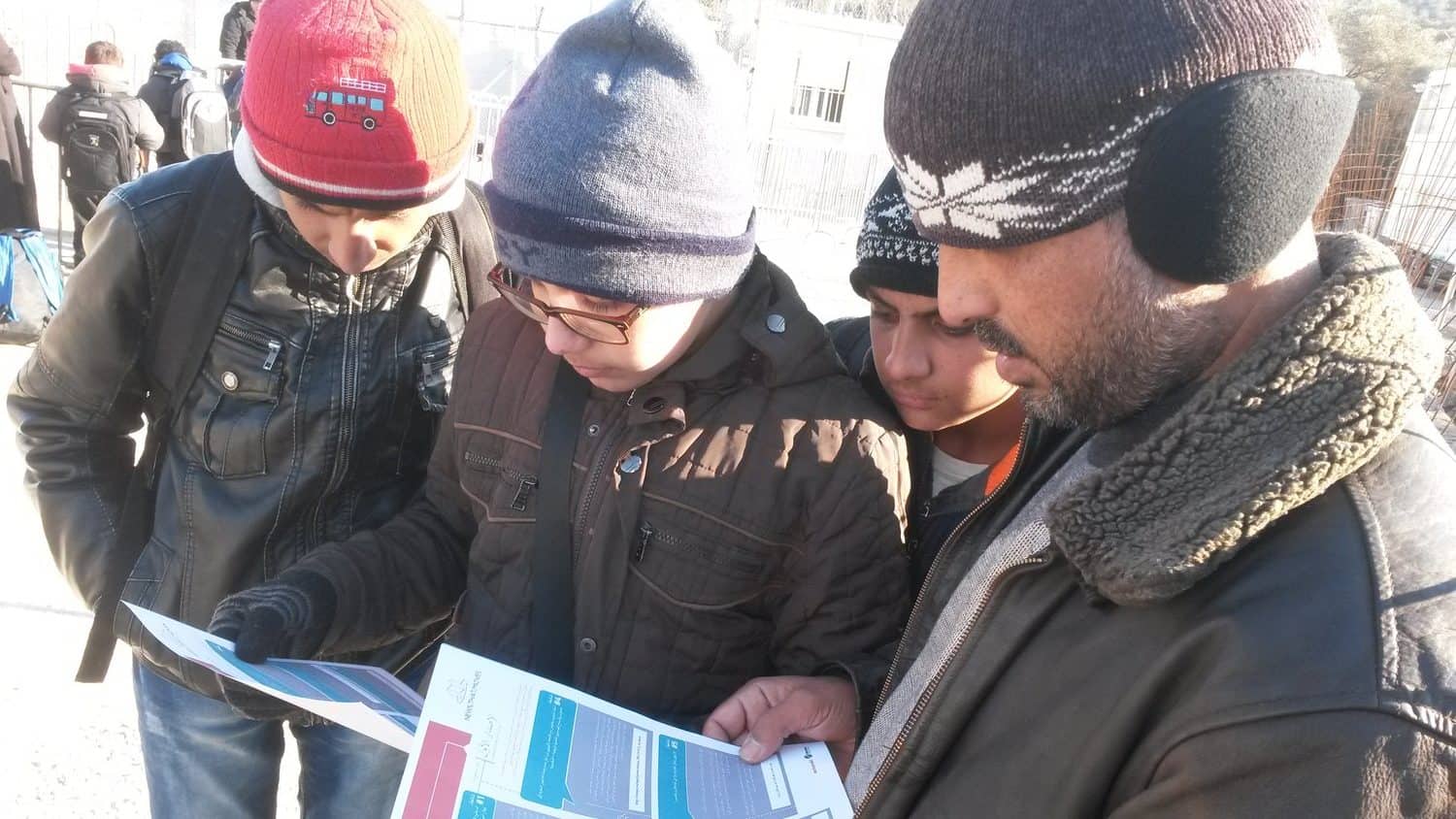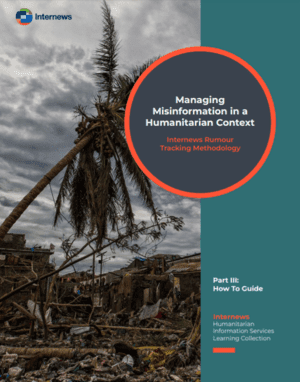
SEE CASE STUDIES AND HOW-TO GUIDES:
Rumours cost lives. In the aftermath of a disaster, from earthquakes to armed conflict, survival depends on getting reliable answers to the most important questions. When communities don’t have trustworthy sources of information available to them, rumours and misinformation spread rapidly, not only adding to the stress and anxiety of affected people but also potentially putting their lives at risk. Internews is leveraging the increased availability of mobile technology and social media, but also the old school face-to-face approach, to dispel rumours and misinformation faster and to a larger audience than ever before, making it possible to stop rumours before they endanger the lives of affected populations during disasters. From the Ebola crisis, where Internews first tested and implemented this methodology, to the Haiti Hurricane Matthew response, the Nepal earthquake and the Greece migration crisis, Internews has refined and adapted its Rumour Tracking methodology so that is now a standard component of the HIS model.
“The Internews DeySay project in Liberia was very innovative and it allowed us, as responders, to correct misinformation in real time and save lives. We would have not been able to do this without their rumour tracking”
UNICEF C4D Chief of Section – 2015 Monrovia, Liberia

